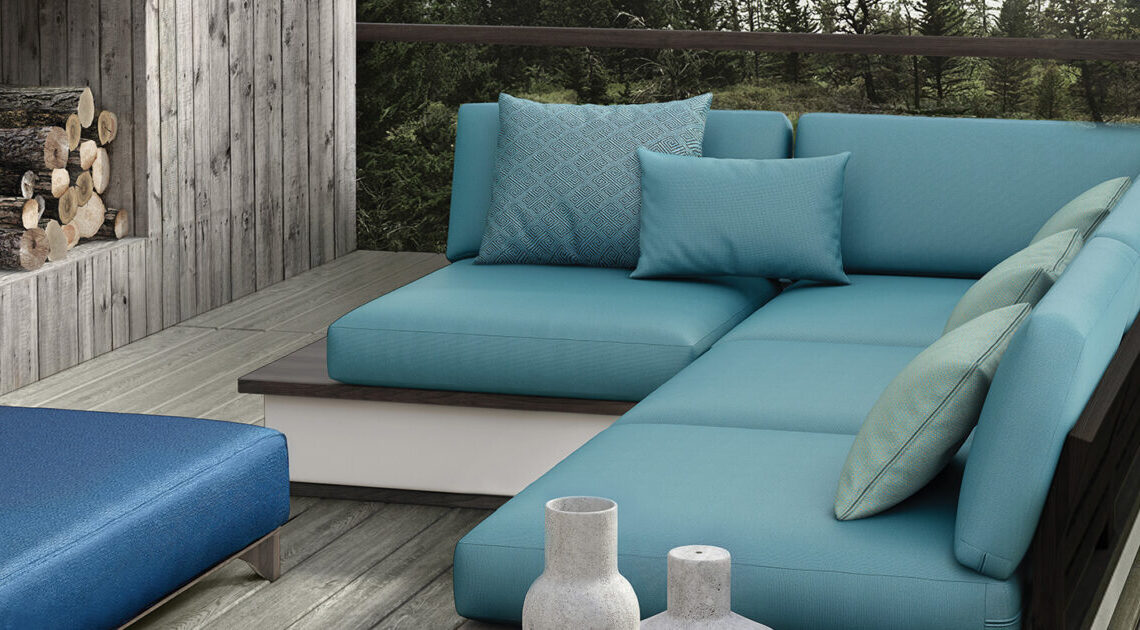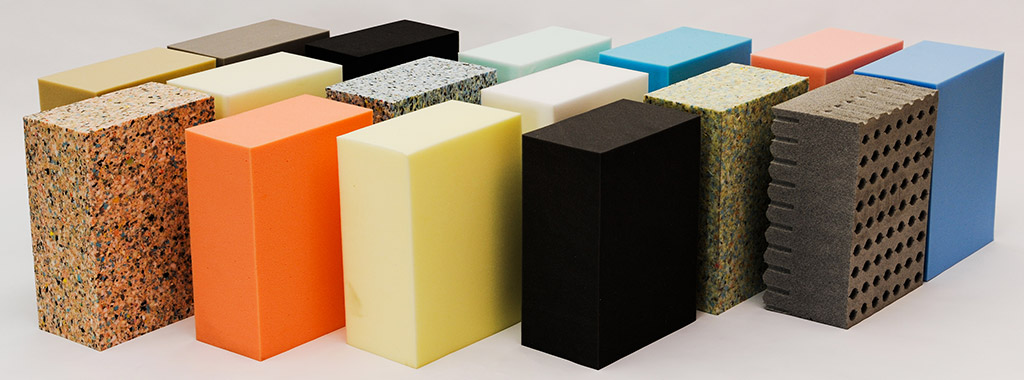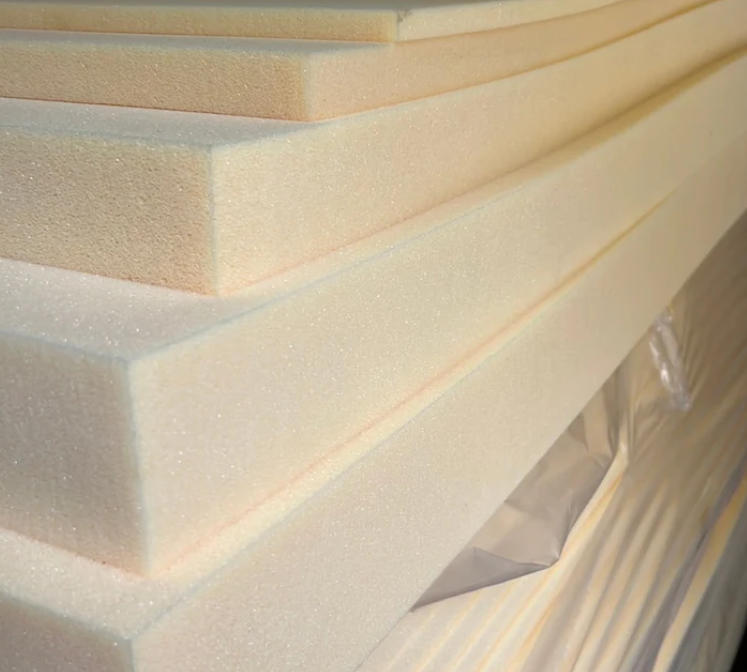
Choosing the Right Upholstery Padding: A Comprehensive Guide
October 18, 2023Upholstery padding, at its core, is the cushioning material used beneath the fabric or leather to provide comfort, shape, and support in furniture. Think of it as the silent workhorse, enhancing both the aesthetics and functionality of our beloved sofas, chairs, and more. Selecting the right cushioning is pivotal; not only does it affect comfort, but durability and longevity as well. This guide will delve deep into the diverse world of upholstery padding, offering insights on types, considerations, and care.
Types of Upholstery Padding

Source: gbfoamdirect.co.uk
From the squishy cushion of our favorite couch to the supportive firmness of an office chair, the magic lies in the cushioning material. Common types include:
Foam: Versatile and available in various densities.
Batting: Often made from cotton or polyester, it wraps around foam for a softer exterior.
Springs: Traditional and offer excellent support.
Each type comes with its unique set of characteristics. For instance, foam molds to shape, while springs offer bounce-back. There are pros and cons, which we’ll dissect in the upcoming sections.
Considerations for Choosing Upholstery Padding
The “perfect” upholstery padding is subjective. Some seek cloud-like softness, while others prioritize durability. Consider:
Comfort: What’s your desired feel? Soft, firm, or somewhere in between?
Durability: High-traffic furniture, like family sofas, needs durable padding.
Aesthetics: Some padding types provide a sleeker look; others are more plush.
Use: A dining chair, for instance, requires firmer support than a lounge chair.
Budget: Quality often comes at a price, but understanding your options can lead to cost-effective choices.
Foam Padding Options

Foam is a favorite for its adaptability. Types include:
Polyurethane: Common, affordable but less durable.
Memory Foam: Conforms to the body; offers excellent comfort.
Latex: Natural, durable, and antimicrobial.
Beyond type, foam’s density (weight per cubic foot) and firmness (ILD: Indentation Load Deflection) play pivotal roles. Higher density equals longevity. ILD measures compression; higher ILD means firmer foam. Assessing these parameters can guide your foam choice.
Batting and Fiberfill Padding
Batting, often wrapping foam, provides a cushioned exterior. Typically cotton or polyester, it’s also found in wool or Dacron. Fiberfill, fluffy and synthetic, is excellent for back cushions and throw pillows.
Benefits: Batting smoothens imperfections; fiberfill offers plushness without lumpiness.
Application: Bathing suits thin covers like dining chairs; fiberfill is apt for pillowy aesthetics.
Your project’s end goal determines whether batting or fiberfill is the way to go.
Spring and Coil Padding

A nod to yesteryears, springs are the essence of traditional upholstery. Two main types are:
Sinuous Springs: S-shaped, they’re fastened with clips and offer a modern bounce.
Coil Springs: Hourglass-shaped and tied, they promise firm, resilient support.
Springs provide robust support, but they need apt padding atop to prevent them from poking through. Your choice between springs boils down to desired support and cushioning depth.
Maintenance and Care of Upholstery Padding
Preserving the padding’s integrity is essential for furniture longevity. Some care tips:
Regular Cleaning: Vacuum regularly and attend to spills immediately.
Rotate Cushions: This prevents uneven wear.
Avoid Direct Sunlight: UV rays can degrade certain products.
Moreover, periodic inspections can catch issues before they become significant. Recognizing when to replace padding ensures continued comfort and aesthetics.


